 Search keywords:
Bacterial Manure Foliar Fertilizer Manufacturer Aminoacid Foliar Fertilizer
Search keywords:
Bacterial Manure Foliar Fertilizer Manufacturer Aminoacid Foliar Fertilizer
Welcome to Shandong Haidailvzhou Biology!

 Search keywords:
Bacterial Manure Foliar Fertilizer Manufacturer Aminoacid Foliar Fertilizer
Search keywords:
Bacterial Manure Foliar Fertilizer Manufacturer Aminoacid Foliar Fertilizer

In winter, the temperature is low and the garden plants are in a dormant state, which is also a manifestation of their adaptation to the environment. However, sometimes extreme low temperatures often cause garden plants to be unbearable, especially garden plants newly replanted that year, often because they have not fully survived and are not well adapted to the surrounding environmental conditions, they usher in a cold winter. The survival and normal growth of garden plants are unfavorable, and it is easy to cause dead branches and dead plants when garden plants turn green in the coming year. Not only does it seriously affect the urban garden landscape, but replanting again increases the input cost, and the gain is not worth the loss. The best way is to take a series of cold and warm measures for garden plants with poor cold resistance before the arrival of winter to ensure their safety and smoothness To survive the cold winter, Haidai Biotechnology has summarized some technical measures suitable for cold protection and warmth of garden plants. After several years of field application, the effect is good. There are few dead plants and dead branches caused by freezing damage in the coming spring. The specific measures are introduced as follows:
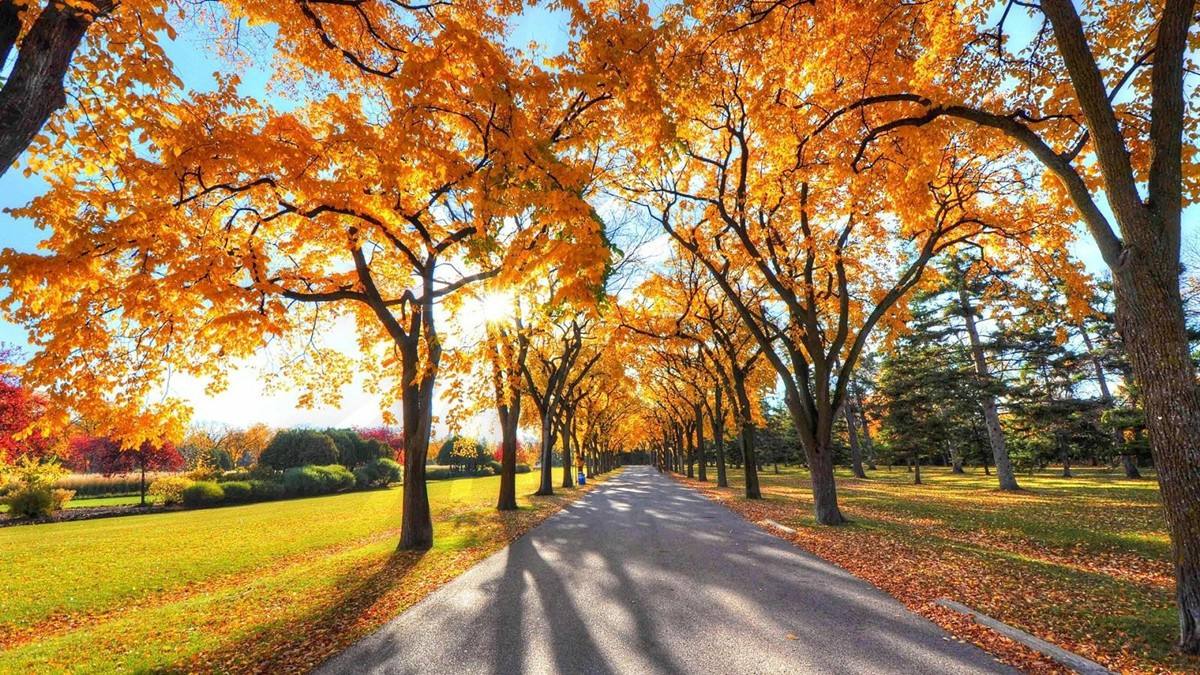
1
Maintenance and management work should be adequate and detailed
Garden maintenance is a meticulous work. There is something unexpected. If it is not done well, it may directly affect the normal growth of garden plants in the coming year. For this reason, our garden workers should reasonably arrange cold and warm measures according to the growth characteristics of each plant. Specifically:
(1) Water the antifreeze water in time, so as to ensure that the above-ground part of the garden plants can absorb enough water, and it can also maintain the underground root system to resist the dry and windy winter to avoid freezing damage. Specifically, it can be poured once before the low temperature is lower than 5℃. When the low temperature is lower than 0℃, the soil will freeze due to moisture. At this time, water must be watered once to keep the root moisture from being dried. When the temperature is lower, the root frozen water can release latent heat and protect the root system against low temperature environment. Therefore, irrigation of frozen water should be carried out twice in winter, generally in early or late December according to weather conditions in the north.

(2) Reasonable and effective fertilization according to the fertilizer requirements of garden plants in different periods. Strengthen fertilizer and water management in spring, promote the enlargement of new shoots and leaves, increase photosynthesis, and accumulate nutrients. Control irrigation in autumn, drain waterlogging in time, increase the amount of phosphorus and potassium fertilizer, and use less nitrogen fertilizer, which can stop the growth of branches as soon as possible, which is conducive to tissue enrichment, and enhances the resistance and adaptability of plants to the external environment; combined with freezing water in early winter, generally deep application One-time decomposed organic fertilizers include flowers and fruit viewing trees and shrubs, perennial root flower varieties, and newly planted trees and shrubs that are not applied with base fertilizer during planting, which accumulate nutrients.
(3) The cold-proof materials in spring should not be removed prematurely, and gradual transitional measures should be taken as far as possible to prevent plants from suddenly encountering extreme weather and not adapting. For example, the hedges of boxwoods can be partially removed first, and then some parts will be removed after a while The wind barrier was completely removed until the end.
2
For newly planted garden seedlings, seedlings and hedgerows that are not cold-tolerant within three years of planting, they often show dead branches and dead plants in the following year due to the low temperature in winter. Therefore, our garden workers should take timely measures to prevent cold and warm before the coming of winter, so as to avoid too many plants in the coming year from suffering different degrees of damage due to the cold. Generally, the following cold protection methods are used:
(1) Root-neck cultivation soil, especially small trees and shrubs with a diameter of less than 10 cm at breast height that were planted that year, and small shrubs that have not been planted for more than three years, all need to be combined with the tree tray to seal the pit in the winter after the freezing water is poured. Cultivate a mound with a diameter of 50-80 cm and a height of 30-50 cm to prevent low-temperature freezing damage from damaging root necks and tree roots, leading to plant death, and also reducing soil moisture evaporation.
(2) Trunk wrapping, some small shrubs or small trees with a DBH less than 8 cm that were planted in the past can be wrapped before winter in order to prevent the trunk from being harmed by low temperature. All the trunk parts below the branch point of the trunk can be wrapped with felt or a special trunk wrapper and plastic rope and tied with plastic rope.
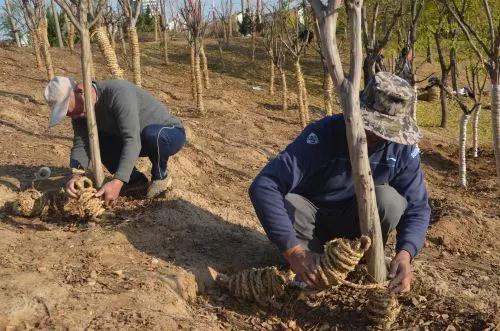
(3) Set up wind barriers to avoid freezing damage and drought damage to trees caused by cold and dry winds in winter. Wind barriers can be set up above the trees. In our city, it is often used to plant evergreen coniferous trees within five years, and precious tree species with a DBH less than 5 cm within two years. According to the height of the tree, pine poles and iron wires of different lengths can be bundled together, and windproof plastic cloth or non-woven fabric can be bundled on the framed pine poles.

(4) For large-area hedges that were not cold-tolerant planted that year, in order to ensure that they can safely pass the low temperature in winter, all the hedges can be protected by building arches or surrounding short wind barriers.
(5) The boxwood balls and ligustrum balls that were planted by a single plant that year can be made into an oval frame structure according to the size of the ball with bamboo chips. The frame should be 5-10 cm larger than the outer periphery of the ball, and the above-ground parts should be individually wrapped with plastic film. Get up to avoid wind and cold damage.
(6) Perennial flowers with underground rhizomes can be covered with wheat stalks or corn stalks to play a role of heat preservation and moisture retention.
(7) The trunk is painted white. The trunks of the trees can be whitened between late October and mid-December, which can kill part of the overwintering pests and diseases, and reduce the damage to the bark caused by the large temperature difference between day and night on the sunny side, thereby protecting the overwintering Garden plants.


(8) When spraying antifreeze to increase the cold resistance of plants, it is prohibited to use it when the temperature is below 5 degrees Celsius. It is recommended to spray or irrigate roots when the temperature is around 10 degrees Celsius. When repairing frostbite on plants that have already suffered freezing damage, it is also necessary to wait for the temperature to rise above 5 degrees Celsius before spraying antifreeze.

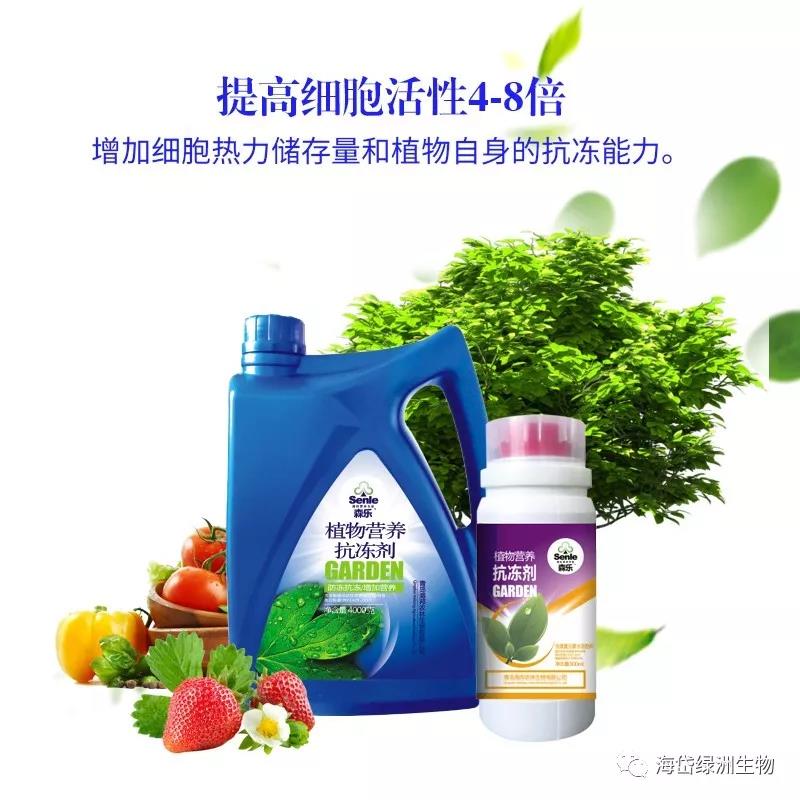
3
The pruning period should be appropriate
Winter can be said to be a relatively leisurely season for garden maintenance. Some gardening departments choose to pruning during the winter slack in order to rationally arrange labor. This result often leads to the phenomenon of stripping most of the short-cut branches during spring germination. The branches below the mouth have different degrees of dead branches, which not only affects the garden landscape, but also increases the workload in the busy spring season. Such phenomena often occur in the pruning of roses and shrubs, making it necessary to prun again in spring. Flower shrubs that need to be pruned are best selected in early spring when the sap has not yet flowed, because at this time, the temperature has gradually increased, avoiding the low temperature in winter and avoiding the occurrence of stripping.
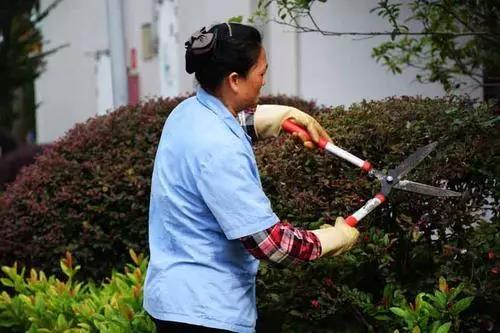
4
Choose proper tree species
When planting garden trees, try to choose the local native tree species and the tree species with strong cold and wind resistance ability. When planning to introduce garden plants with weak cold-tolerance ability, it is necessary to carry out cold-resistant exercises during seedlings to adapt them to the low temperature environment in winter before they can be planted with confidence. For those garden plants with similar greening effects, if there are no special requirements, try to plant them with resistant varieties.
The above points are just some of the situations that Haidai Biotechnology encountered in the actual garden maintenance and management work, and some protection measures summarized by combining its own experience. Landscaping work is the main part of urban environmental beautification. It is the duty of each of our garden maintenance supplies suppliers to maintain and manage large areas of urban green space. It requires our garden workers to observe carefully, continuously explore, actively summarize, and combine local reality to find Suitable management and maintenance methods and methods.
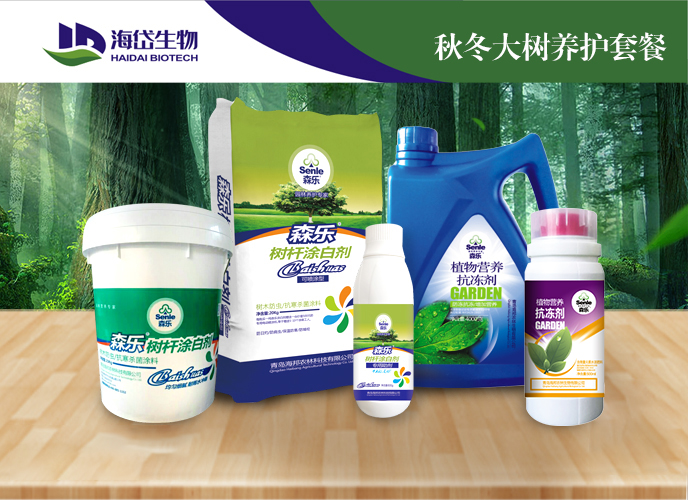

TOP